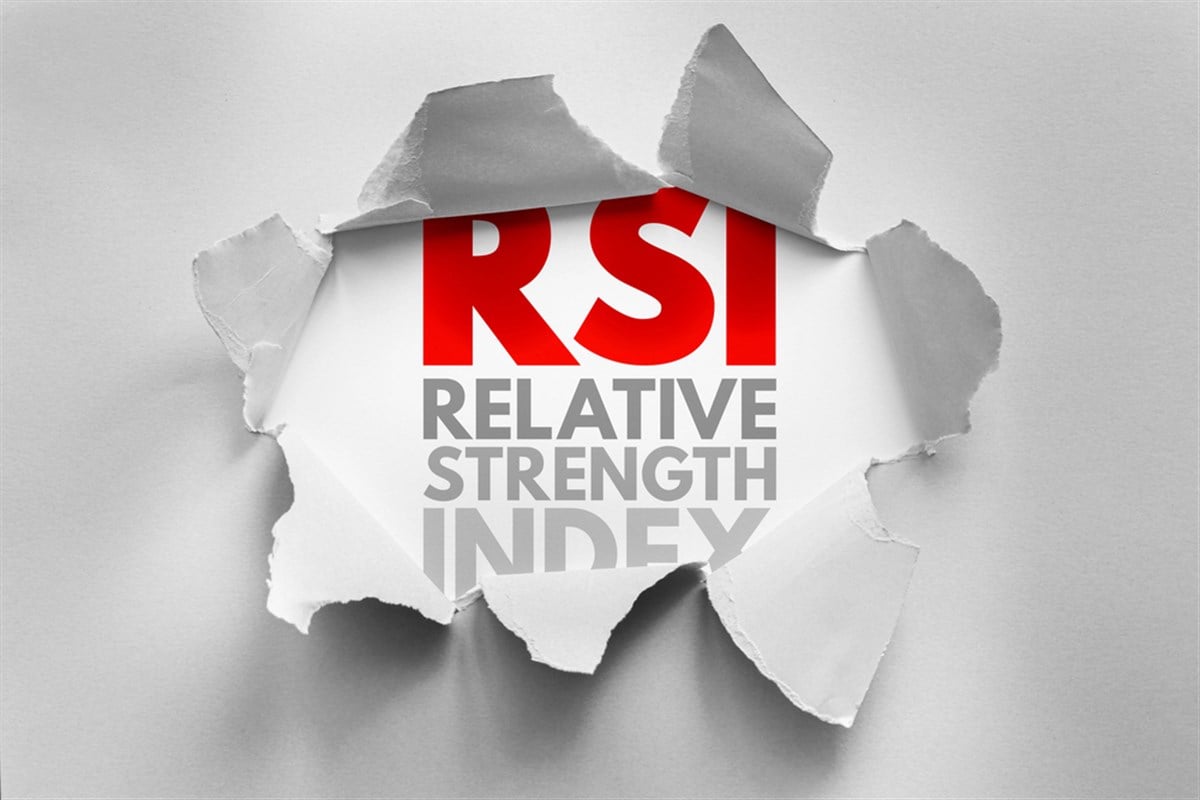HATTIESBURG, MI / ACCESSWIRE / April 21, 2022 / Ocean quahogs are some of the longest-lived animals in the world, with the oldest specimens in the U.S. Mid-Atlantic regularly recorded at over 200 years old. But even though they are famous for their longevity, many details about the age structure of ocean quahogs-such as how it affects estimates of recruitment, biomass, and growth-are still not well understood. A newly published study finds that ocean quahogs have recruited continuously for over 200 years on Georges Bank, off the East Coast of the U.S., while also providing new tools to researchers and fisheries managers to better understand the species.
Funded by the Science Center for Marine Fisheries (SCEMFIS), the study collected a large sample of ocean quahogs-gathering over 600 specimens-and recorded relevant information on them, including age, length, and sex. Researchers then took that information to develop what's known as an "age-length key," which charts the probability of an animal of a given age being a specific length. The key can be used to determine the distribution of ages in a population based on the simple determination of the distribution of lengths.
Currently, ocean quahog models used for management are based on the length of the ocean quahog, rather than its age. Like trees, ocean quahogs can be aged by counting the growth rings that form over time, in this case on its outer shell. But because the process of directly determining an individual ocean quahog's age is time-consuming and impractical for most larger surveys, length has been used instead as a proxy for age.

Ocean Quahog. Source: www.scemfis.org
The age-length key resulting from this study, given the size of the sample of ocean quahogs collected, is a robust data set that can be consulted to quickly estimate ages of thousands of quahogs using only animal lengths. A reliable age-length key improves the potential to introduce more age-based data into ocean quahog management, making it more consistent with how other species are managed.
"Because ocean quahogs are so long-lived, getting a method to quickly and accurately estimate their age is critically important," said Kathleen Hemeon, of the Gulf Coast Research Laboratory and one of the authors of the study, which was published in the Journal of the Marine Biological Association of the United Kingdom. "Having this kind of age and length data available can help change the way we manage the species."
In addition to developing a more comprehensive age-length key, the study had other notable findings that are important in furthering our understanding of ocean quahogs. In the ocean quahogs sampled, the study confirmed that ocean quahogs are a sexually dimorphic species, with female ocean quahogs generally larger than males. It also found that recruitment, or the number of new ocean quahogs that are successfully born into the population every year, has been an annual occurrence since the late 1800s, which is notable given their long lifespans and suspected delayed maturity. In its sampling, the study collected the oldest ocean quahog on record in Massachusetts, at 261 years old.
"This study addresses a conundrum that has bedeviled quahog fishery managers for many years - namely, whether recruitment occurs consistently, or only sporadically in cycles some thirty years apart," said Tom Alspach, of Sea Watch International, a seafood company based in Maryland. "This evidence of consistent annual recruitment can remove a level of uncertainty from management decision-making, leading to greater confidence in more generous quota setting, with a direct positive impact on industry."
About SCEMFIS
SCEMFIS utilizes academic and fisheries resources to address urgent scientific problems limiting sustainable fisheries. SCEMFIS develops methods, analytical and survey tools, datasets, and analytical approaches to improve sustainability of fisheries and reduce uncertainty in biomass estimates. SCEMFIS university partners, University of Southern Mississippi (lead institution), and Virginia Institute of Marine Science, College of William and Mary, are the academic sites. Collaborating scientists who provide specific expertise in finfish, shellfish, and marine mammal research, come from a wide range of academic institutions including Old Dominion University, Rutgers University, University of Massachusetts-Dartmouth, University of Maryland, and University of Rhode Island.
The need for the diverse services that SCEMFIS can provide to industry continues to grow, which has prompted a steady increase in the number of fishing industry partners. These services include immediate access to science expertise for stock assessment issues, rapid response to research priorities, and representation on stock assessment working groups. Targeted research leads to improvements in data collection, survey design, analytical tools, assessment models, and other needs to reduce uncertainty in stock status and improve reference point goals.
PRESS CONTACT:
Stove Boat Communications
john@stoveboat.com
SOURCE: Science Center for Marine Fisheries
View source version on accesswire.com:
https://www.accesswire.com/698351/New-Study-Develops-Method-to-Age-Ocean-Quahog-Longest-Lived-Species-in-the-Ocean


















